Militaria collectibles—like uniforms, military orders, medals, firearms, and swords prized artifacts for history buffs and those who have an affinity for one or more branches of the military. Medals, uniforms, weapons, and insignia are links to a soldier’s service, sacrifice, and bravery, and they remind us of the ideals many have died fighting for. As the number of militaria collectibles steadily diminishes, these items gain more than sentimental and historical value. They also increase in monetary value. For those interested in collecting militaria, this guide from EBTH provides tips to get you started and offers some basics about commonly collected pieces.
Whether you’re interested in a specific time period or artifact, such as medals, identifying a specialty will help you quickly gain knowledge about the collectibles you’re seeking. It’s best to do your homework before investing in militaria. Researching reference materials related to your coveted collection, joining militaria clubs, and talking with experienced collectors helps you to effectively evaluate potential collectibles.
The most sought-after pieces of militaria are those that can be traced back to the individual serviceperson. Collectors of militaria love to know the story of the soldier who owned the piece. When the person who possessed the item is known, dealers and collectors refer to this as “identified.” Identified artifacts with verifiable histories often command premium prices.
While other collections, such as stamp collections, may increase in value as the set grows, militaria can become more desirable and more valuable when combined with other items that belonged to the same serviceperson. This type of collection helps us visualize the person’s experience, sacrifice, and heroic efforts.
Military missions are often well documented in service records. Searching through national archives and history books allows you to view the experience from the point of view of those who participated in the battles. Finding as much information as you can about the person’s service adds to the item’s significance. Alternatively, if you don’t know who owned the piece, educating yourself about how the item was used or the type of soldier that used it adds to its meaning.
Medals are some of the most popular militaria—many medal collectors would never think of collecting anything else. These honorable awards represent sacrifice, bravery, and commitment. The medals that typically go for higher prices are those that can conclusively be linked to the name of the soldiers who received them. Medals that are inscribed with a soldier’s name or ID number enable collectors to learn more about the circumstances surrounding the award. Accompanying certificates add further value to medals because they provide conclusive evidence that the medal was awarded to a particular soldier.
Like all militaria, it’s important to authenticate medals. Reproduction medals often show small flaws that real medals don’t have. Reading about the medals you’re interested in and consulting with other experienced collectors can help you to validate authenticity.
Daggers, swords, and guns are all popular collectibles, too, and some become quite valuable. In fact, swords can increase as much as 20 percent per year in value depending on what collectors in the market are willing to pay. Take your time researching these pieces. Swords that show signs of filling or filler should be considered with caution. Scabbards should fit snugly around swords and shouldn’t be too tight or loose. Tight leather scabbards may be due to leather shrinkage, so this could also be a natural part of the weapon’s aging process. Weapons should show natural signs of wear and handling, even when you’re examining them in photos.
Because soldiers usually wore their dress uniforms home, there are still plenty available for sale. Soldiers often carefully stored their uniforms after returning home as remembrances of their service, so many are also still in excellent condition. When evaluating uniforms, the insignia and the accessories can help you determine what you’re willing to pay. However, the insignia’s nuances require study to know which patches and medals add the most value. Taking the time to research the insignias will ensure you know the uniform’s fair price.
The value of combat uniforms or fatigues is determined by their function. A soldier’s WWII camouflage jacket evokes strong images of a GI in the field, whereas a sailor’s rain jacket does not. Even though the rain jacket might be more rare, the camouflage jacket represents a common GI soldier in combat. As a general rule, items worn by soldiers in combat tend to have greater value than items not worn in battle.
When it comes to combat uniforms and jackets, details matter. Most uniforms from World War II and Vietnam were produced by the hundreds of thousands. This can keep the actual value of the uniform rather low. What make the uniform increase in value among collectors are the insignias attached. A paratrooper’s jacket with patches, wings, citation ribbons, special unit awards, and chevrons may sell for much more than an unadorned jacket. Experts recommend you first determine the base value of the uniform and then evaluate the insignias. The more battle the clothing saw, the higher you may be willing to pay for it.
Of course, not everyone collects artifacts for profit. If an authenticated antique has personal meaning to you, monetary value may not matter one bit. If you came across the same type of bomber jacket your grandfather wore while serving in World War II or a piece of memorabilia that evokes a sense of gratitude each time you look at it, that feeling of connectedness may be all that’s important.
If you’re ready to https://www.ebth.com/categories/3148-militaria-collectibles-auctions":null, EBTH can help. Our innovative auction website features hundreds of online estate sales from around the country every month, providing a wealth of militaria collectibles right at your fingertips.
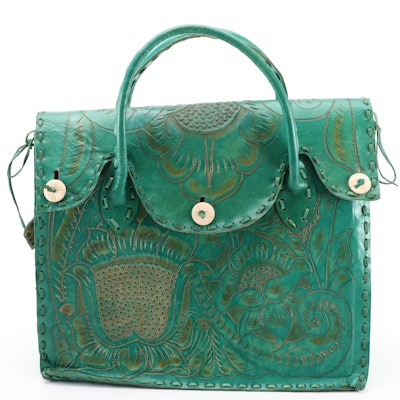





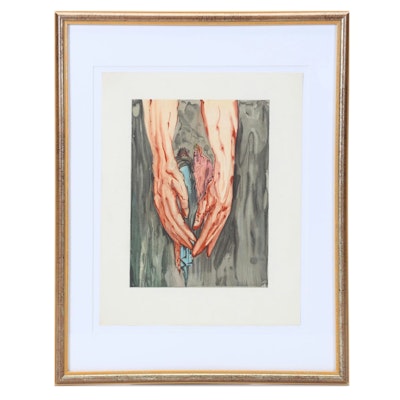

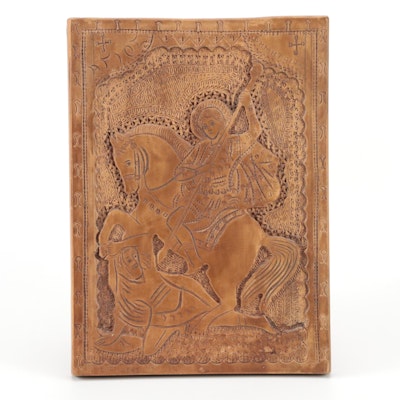


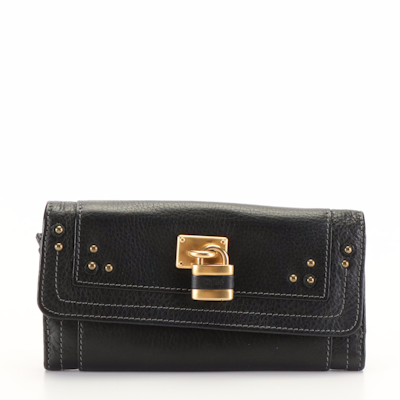








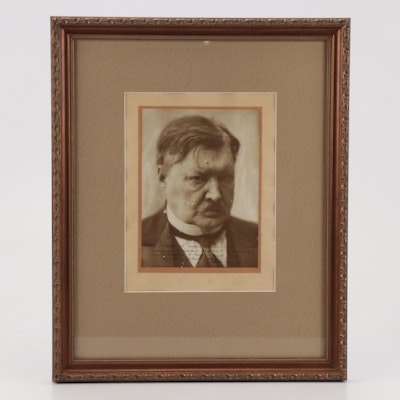
There are some amazing, one-of-a-kind items waiting to be discovered. Sign in to start bidding!
Not a member? Sign up.